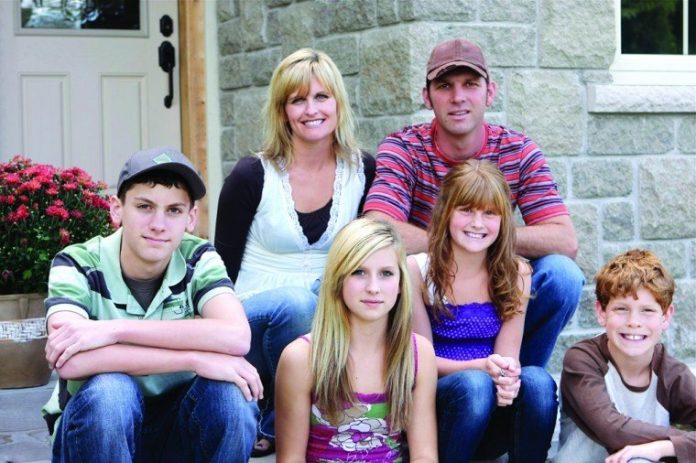Have you heard of the Agency? It’s all the rage at the suburban
Minneapolis home of founding members Bitsy, Frankie and John Paul
Hughes, with offices in the front yard, backyard and basement
storage area.
Have you heard of the Agency? It’s all the rage at the suburban Minneapolis home of founding members Bitsy, Frankie and John Paul Hughes, with offices in the front yard, backyard and basement storage area.
“I think they’re a spy agency,” says Ashley Hughes, the mother of the founders, who range in age from 3 to 7, a well as Thomas, 1, and Bobby, 9.
“They come up with problems, and they have to solve certain problems and mysteries. They’re always asking for money.”
The Agency sponsors a soccer day, when members wear their team uniforms, and its leaders tote six crumpled dollar bills – as well as maybe $1.50 in change – in pockets or a pink Hello Kitty purse. Its sources of funding are somewhat mysterious, although some of the dollar bills that the children get each week for the collection basket at church may play a role.
“What did you do with your dollar?” Ashley once asked Frankie, 5.
“The Agency,” was Frankie’s cryptic reply.
Those who suspect that large families have more fun won’t get any argument from the Hugheses, the real-life counterpoint to the supersize broods frequently highlighted in popular culture. From the Kardashians (six kids) to the “Real Housewives of Beverly Hills” (Kyle Richards has four and wants more) to the Duggars (19 and counting) and the “9 by Design” Novogratz clan (seven), high-profile examples are piling up.
That’s not even counting the Jolie-Pitts, perhaps the world’s most prominent proponents of the bigger-is-better mind-set.
“I had a friend who had a big family when I was a kid. I just loved the chaos around the breakfast table and the fighting and the ribbing and the mom making pancakes for everyone or the dad making pancakes,” Brad Pitt, who has six kids, told The Associated Press recently. “And I just decided then if I was ever going to do it – this left some indelible mark on me … that’s the way I was going to do it.”
At a time when our fascination with big families is at a peak and, perhaps not coincidentally, family size is at one of its lowest points – women are having, on average, 2.1 kids – we asked an expert and two large-family moms to help us separate myth from reality: What are the pluses of big families? The minuses? What’s the bottom line?
Large families are very diverse, but some frequently mentioned pluses include built-in playmates for your kids, more chances for kids to interact with children of different ages and, well, call it the Pitt factor: fun, joy, general merriment.
On the minus side are fewer resources – whether time or money – per child, less alone time for parents and more noise.
Mary Ostyn, the mother of 10 kids, six adopted, and the author of “A Sane Woman’s Guide to Raising a Large Family” (Gibbs Smith), says she sometimes wishes she had the time and money to enroll her kids in more extracurricular activities.
“None of our kids are going to be world-class gymnasts, but they’re going to know how to work hard, to help out, to share and to take care of people younger than themselves,” she says. “It comes down to this awesome community that a large family is: For their whole lives, they’re going to have this group of people that really understands them.”
Psychologists have always assumed that siblings are good for you, because they provide so much support, says Joe Rodgers, a professor of psychology at the University of Oklahoma. But are two, three or four siblings better – or worse – than one?
“The answer is fairly controversial – and fascinating as well,” Rodgers says.
On one side are researchers who believe parental resources such as time and money are split among offspring, with children in bigger families getting smaller pieces of the pie.
On the other side are researchers such as Rodgers, who say that’s an overly simplistic way of looking at family dynamics; often parents are very good at engaging more than one kid at a time.
“There are all sorts of things, from mealtimes, to vacations, to carpooling, where parents are not dividing up the resources among children, but rather multiplying those resources across children,” Rodgers explained.













